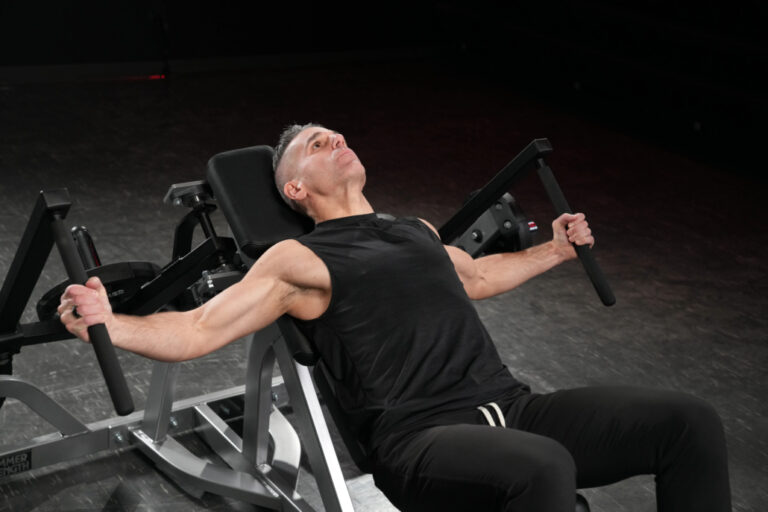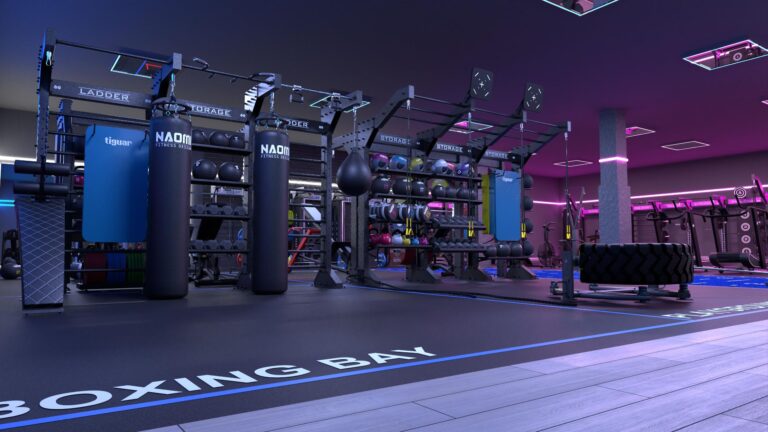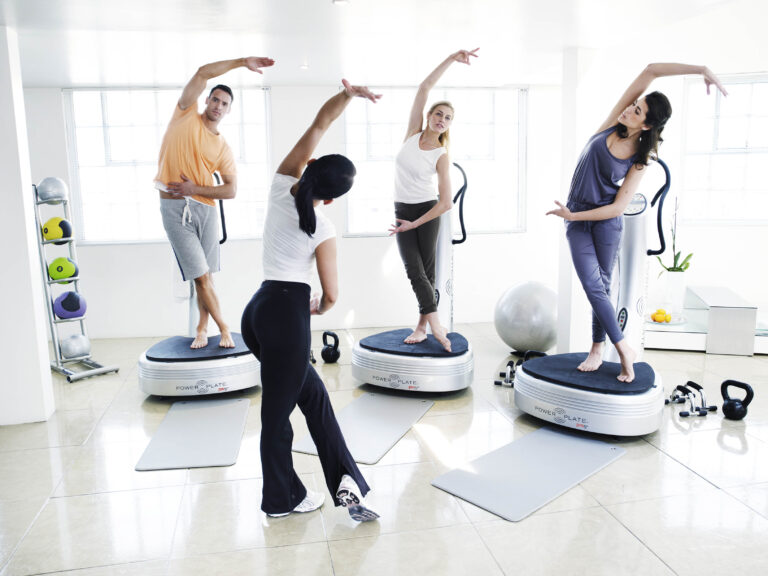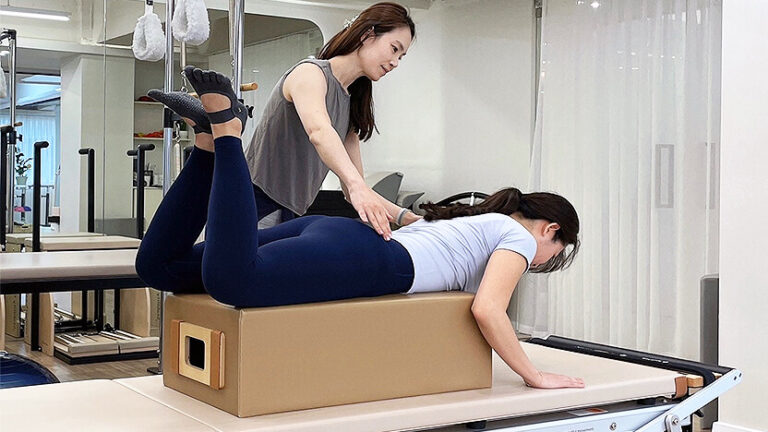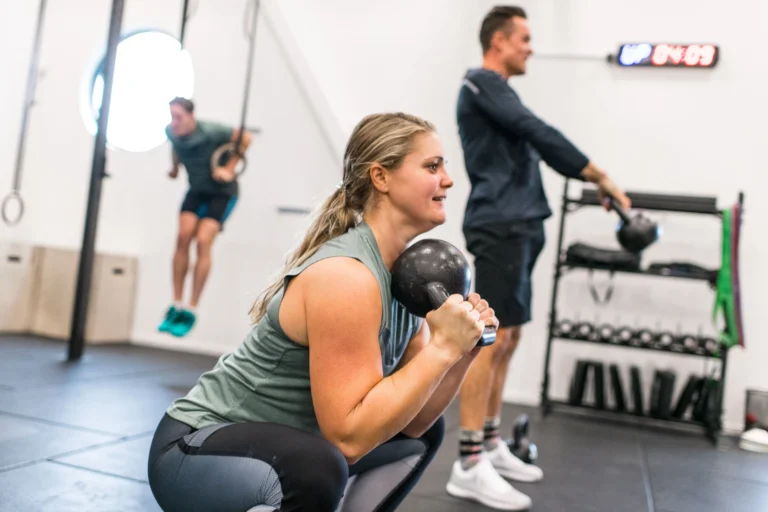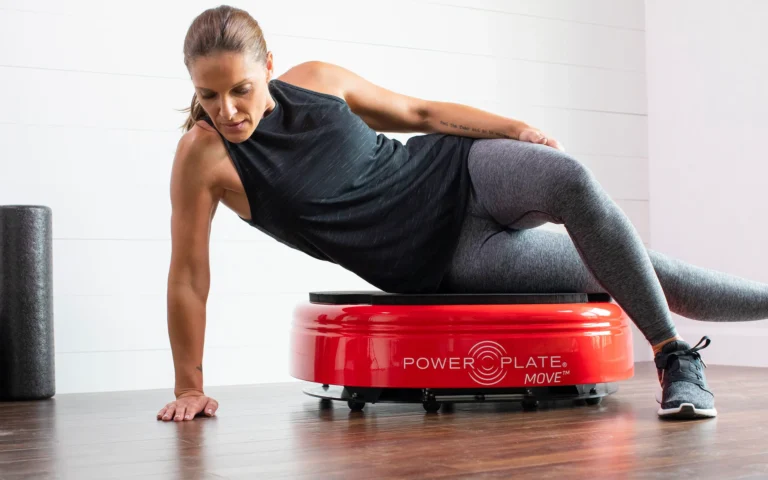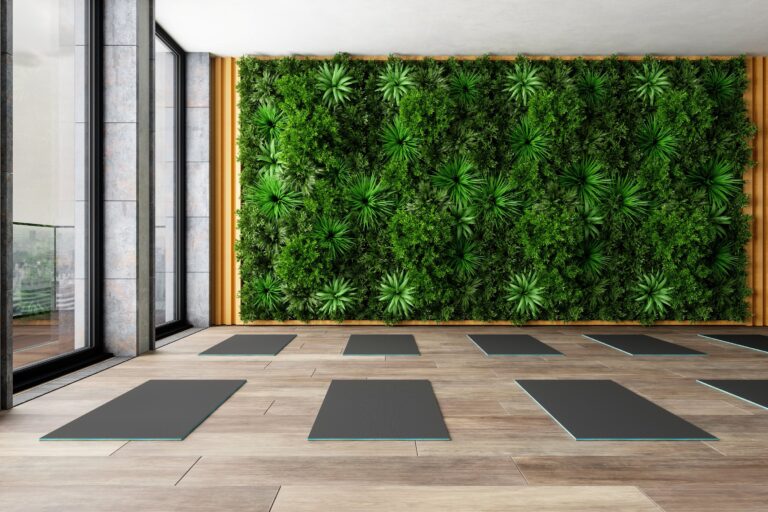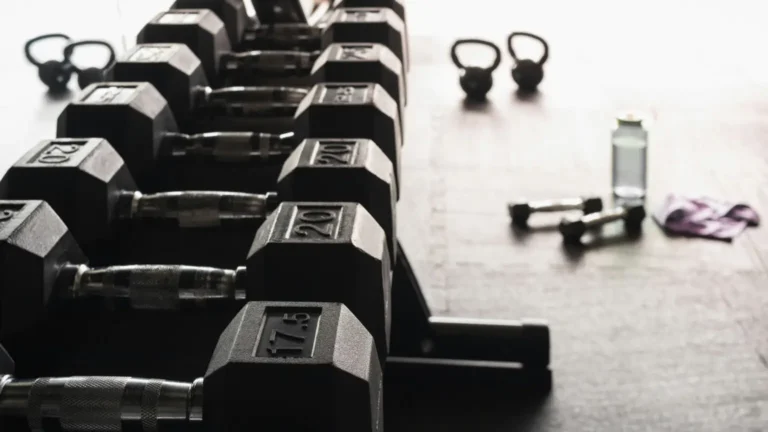Ask the Expert: Should I Feel Sore After a Workout? And Tips on How to Relieve It
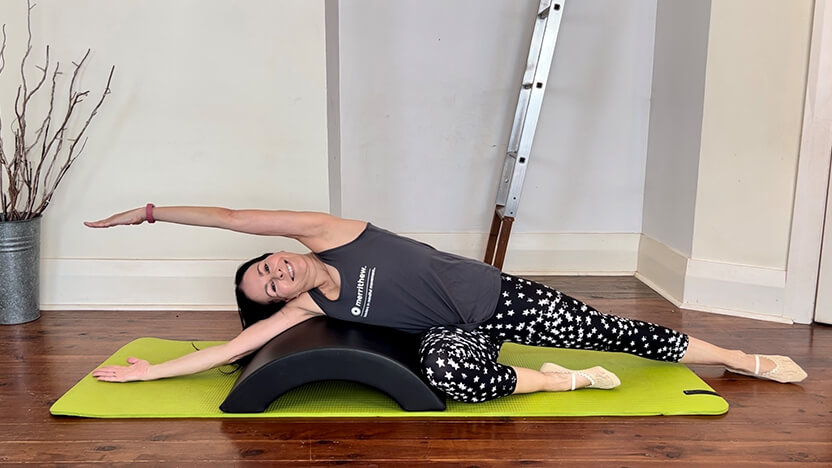
Feeling sore after a workout is one of the most common things exercisers face. Many people believe that it can indicate that you had a good workout, but for some, it could be a setback in their fitness progress.
We asked Merrithew® Instructor Trainer Lisa Kaye to discuss muscle soreness, why it happens and some tips to relieve it.
Why do I feel sore after exercising and is this the sign of a good workout?
“There are a lot of reasons why your muscles feel sore after a workout. However, contrary to popular belief, you don’t necessarily need to feel sore after exercise to prove you’ve had a good workout.
“One of the most common reasons for muscle soreness is if you’re starting a new workout program. If your first session is particularly intense or long, you are likely to experience Delayed Onset Muscle Soreness (DOMS) in the next hours or a day or two after exercise,” Lisa explains.
“But being sore doesn’t necessarily mean you’ve had a more effective workout – it usually means you’re doing something your muscles aren’t used to. So if you regularly exercise and find you aren’t feeling as sore after your session, it’s a key indicator that your muscles have become better at dealing with the strain and are recovering from the activity,” Lisa says.
What is Delayed Onset Muscle Soreness?
DOMS is usually a positive sign for exercisers. It is best described as when your muscles feel sore or strained. You might feel this after an intense workout and that just indicates that your muscles are progressing to a stronger state. DOMS is one of the most common after-effects when you start a new training program or indulge in an intense workout.
Tips for dealing with muscle soreness after a workout
Feeling sore after a workout can make it difficult for some to continue with their fitness journey. But rest assured, mild soreness is common for exercisers of any level. The good news is there are some ways to manage the pain.
Stretch: Gentle stretching after the workout helps reduce lactic acid build-up which is the main cause of soreness. Try some simple stretches like arm circles, leg swings and spinal twists. The Foam Roller™ is a great tool for reducing muscle soreness and improving post-workout recovery. Try these exercises.
Take it easy: Push yourself, but don’t be too hard, especially if you’re a beginner. Choose a workout program that’s designed for your fitness level. Start with a beginner-friendly program and progress once you feel ready
Cool-down: The cool-down phase is the most important post-workout aspect. Reserve at least 10 minutes at the end of every workout to do some light stretching or for an easy cool-down walk or jog.

Why do I feel less sore after a Pilates workout?
Pilates is one of the most effective low-impact workouts and it’s extremely effective at building participants’ strength without causing too much muscle soreness, Lisa says.
“With Pilates, our aim is to progress you through a series of body weight and spring resistance exercises that will challenge and improve your balance, mobility, core strength and dynamic stability. It will help you work on muscle strength and fluidity rather than feeling sore,” Lisa explains.
Source: https://www.merrithew.com/blog/post/2023-04-17/ask-the-expert-should-i-feel-sore-after-a-workout-and-tips-on-how-to-relieve-it

